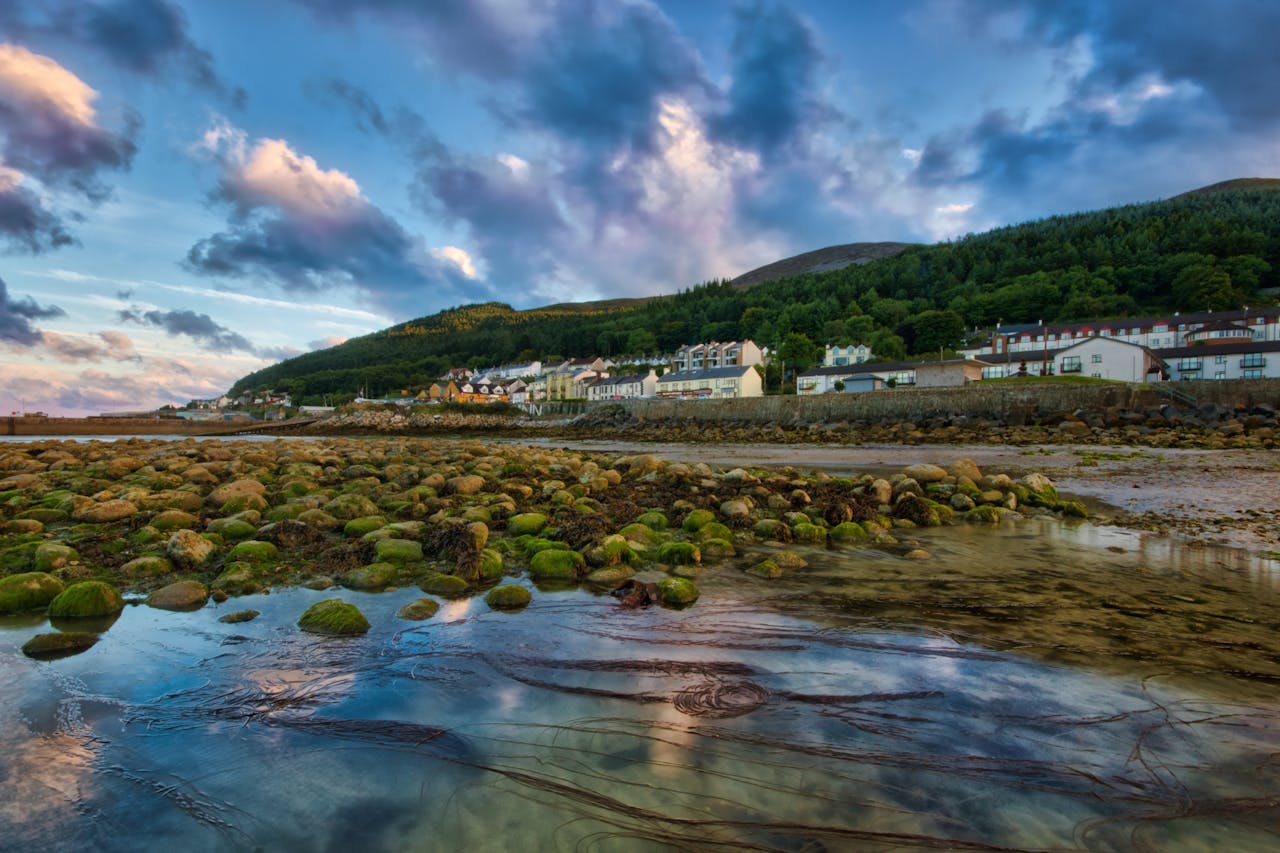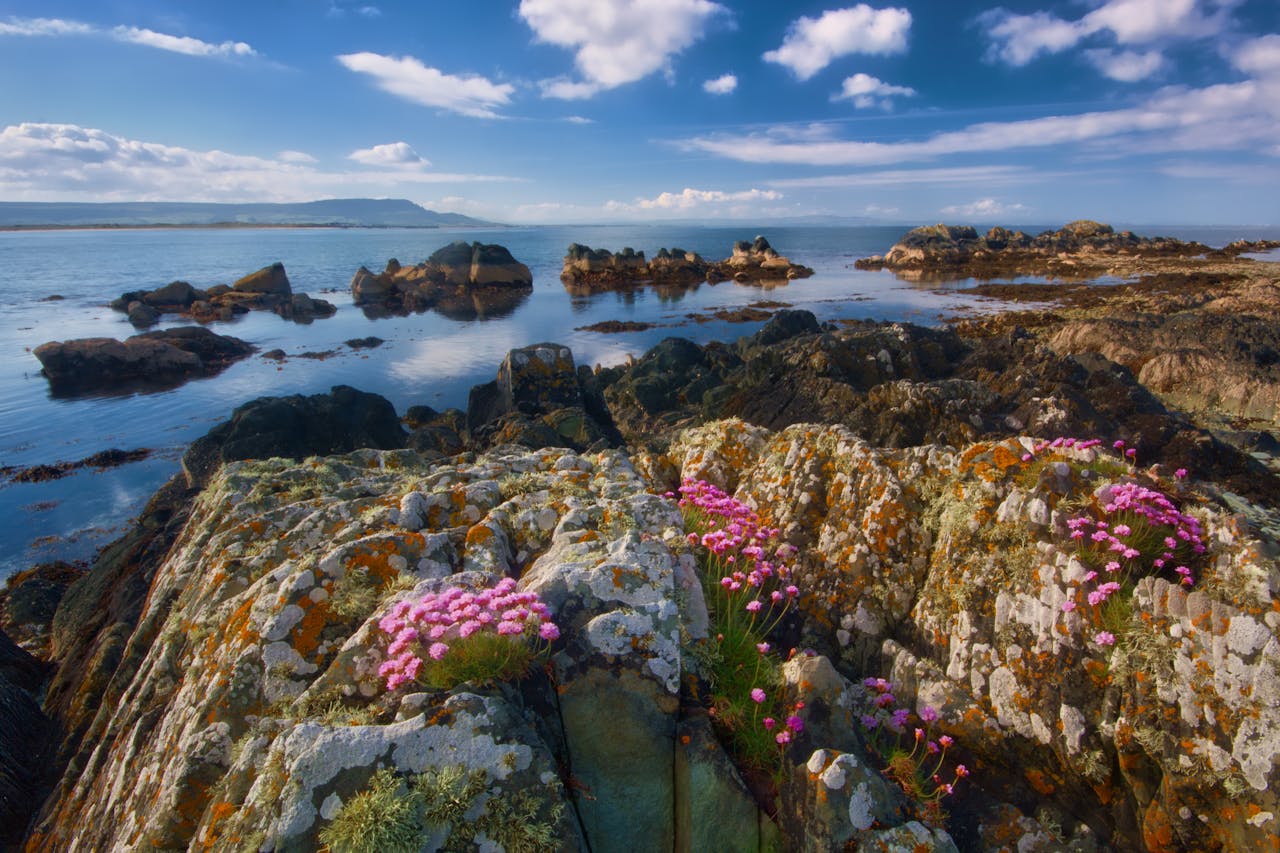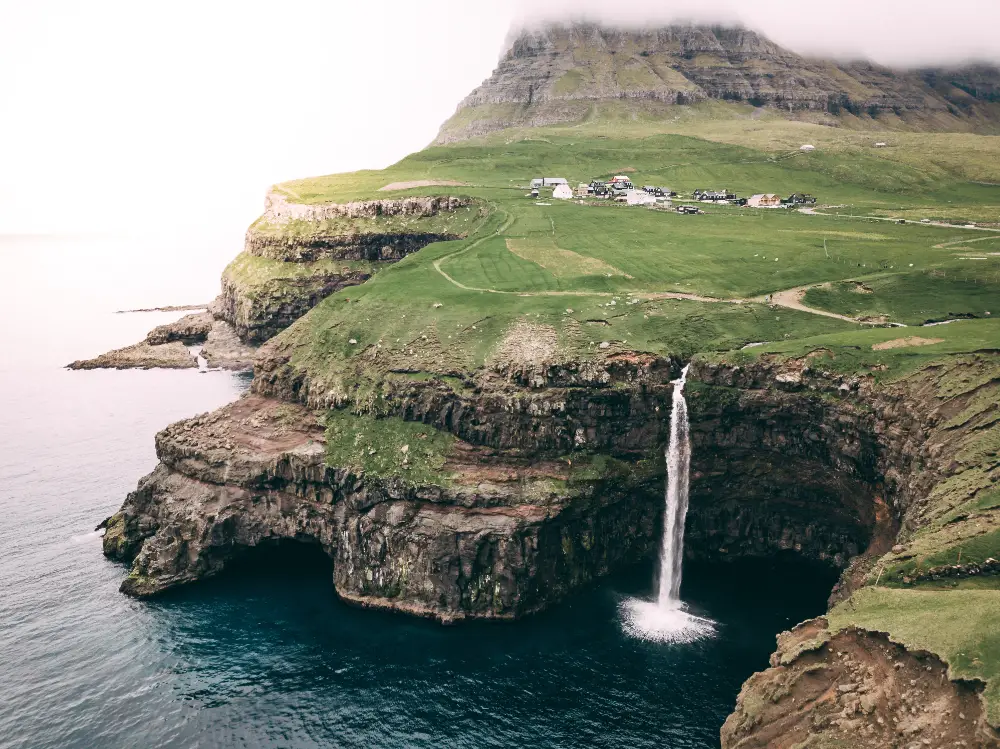Ireland’s rich tapestry of history is woven with the mystique of Celtic culture—a legacy that has shaped the island’s identity for millennia. In this in‐depth article, we explore the origins of the Celts, their art, traditions, and the living legacy that continues to influence modern Irish society. Whether you’re a history buff, a traveler, or simply curious about ancient traditions, join us as we delve into the Celtic heritage of Ireland.
Introduction
The Celts arrived on the island of Ireland over 2,500 years ago, leaving behind an indelible mark on the language, art, and folklore of this enchanting land. From ancient stone circles to vibrant festivals, the Celtic spirit is ever-present. In this guide, we discuss the historical roots of the Celts, the evolution of their traditions, and practical tips for exploring Celtic sites.
Historical Background of Celtic Ireland
The Arrival of the Celts
Historians believe that Celtic tribes migrated to Ireland around the Iron Age, bringing with them distinct social structures, languages, and artistic styles. Their arrival marked the beginning of a cultural revolution. Archaeological discoveries—such as intricate metalwork, carved stones, and mysterious burial sites—offer glimpses into a society deeply connected to nature and the spiritual world.
- Key Fact: Celtic tribes were known for their warrior culture and intricate mythology, elements that still permeate Irish storytelling today.
- Tip: When visiting historical sites, look for clues in the carvings and engravings that reflect ancient Celtic symbolism.
The Evolution of Celtic Society
Over centuries, the Celtic way of life evolved. By the early medieval period, Christianity began to blend with older pagan traditions, creating a unique cultural synthesis. Monastic sites like Clonmacnoise became centers for learning and art, where Celtic script and illuminated manuscripts were developed.
- List of Influences:
- Pagan rituals and seasonal celebrations
- Christian iconography interwoven with ancient symbols
- Oral storytelling traditions that preserved myths and legends
The Celtic Influence in Art and Architecture
Intricate Designs and Symbolism
Celtic art is renowned for its flowing lines, spirals, and knotwork designs. These patterns are not merely decorative; they hold deep symbolic meaning. For example, the endless knot represents eternal life, while spirals evoke growth and evolution.
- Example: The Book of Kells is a masterpiece of illuminated manuscript art, showcasing the finest examples of Celtic design. (Insert partner link here for a museum tour or Celtic art workshop)
Architectural Marvels
Many ancient monuments and stone structures across Ireland are attributed to Celtic craftsmanship. These include ring forts, passage tombs, and standing stones that continue to captivate visitors with their mysterious origins.
- Interesting Fact: The Newgrange passage tomb in County Meath is older than the pyramids of Egypt and is believed to have served as a ceremonial site during the winter solstice.
Festivals and Traditions: Celebrating Celtic Roots
Traditional Celtic Festivals
Ireland is a land of festivals that celebrate its Celtic roots. Events such as Samhain (marking the end of the harvest season) and Imbolc (the beginning of spring) are celebrated with rituals, music, and dance that have been passed down through generations.
- H3: Samhain – The Celtic New Year
- Traditionally celebrated on October 31, Samhain marks a time when the veil between the living and the dead is believed to be thin. Modern celebrations include bonfires, storytelling, and communal feasts.
- Tip: Visit local heritage centers during Samhain for guided tours and live reenactments. (Insert partner link here for heritage tours)
Revival of Celtic Traditions
In recent years, there has been a resurgence of interest in Celtic traditions. Many local communities now host workshops on traditional crafts, Gaelic language classes, and storytelling sessions, ensuring that this ancient culture continues to thrive.
- List of Revival Activities:
- Traditional music sessions in village pubs
- Gaelic language immersion programs
- Celtic craft and jewelry-making workshops
Language, Music, and Dance: The Heartbeat of Celtic Culture
The Gaelic Language
The Gaelic language is one of the most important legacies of Celtic Ireland. Although its usage declined over the centuries, efforts to revive and promote Gaelic have gained momentum in schools and cultural centers across the country.
- Fact: Gaelic is recognized as an official language of Ireland and is taught in many educational institutions.
- Tip: Travelers can participate in language workshops to get a taste of Gaelic pronunciation and conversational basics.
Traditional Music and Dance
Celtic music is renowned worldwide for its haunting melodies and energetic rhythms. Instruments like the fiddle, tin whistle, and bodhrán (a type of drum) are central to this musical tradition. Traditional Irish dancing, with its rapid footwork and lively tunes, is a must-see for any visitor.
- H3: Experience the Craic
- “Craic” (pronounced “crack”) refers to the fun and lively atmosphere of Irish music sessions. Many pubs and cultural centers across Ireland host regular sessions where locals and visitors come together to enjoy music and dance.
- Recommendation: For an authentic experience, visit a traditional Irish pub in Dublin or Galway during a live music session. (Insert partner link here for pub recommendations)
Exploring Celtic Sites in Ireland
Must-Visit Historical Sites
Ireland is dotted with sites that offer tangible connections to its Celtic past. Some of the most iconic include:
- Newgrange: A prehistoric monument aligned with the winter solstice.
- Hill of Tara: Once the seat of ancient Irish kings, this site is steeped in legend and myth.
- Rock of Cashel: A stunning complex of medieval buildings built on a limestone outcrop.
Each of these sites offers a unique window into the world of the Celts, combining natural beauty with historical significance.
Practical Travel Tips
For travelers eager to explore Celtic Ireland, planning is key. Here are a few tips to ensure you make the most of your journey:
- Plan Ahead: Research opening times and guided tour options for historical sites.
- Travel by Car: Renting a car is highly recommended to explore the rural areas where many Celtic sites are located. (Insert partner link here for car rental services)
- Join Local Tours: Many guided tours focus on Celtic history and folklore, providing expert insights that enrich your visit.
- Seasonal Considerations: Spring and early autumn are ideal times to visit, as the weather is mild and the countryside is lush.
Cultural Preservation and Modern Revival
The Role of Museums and Cultural Centers
Museums and cultural centers play a crucial role in preserving Celtic heritage. Institutions like the National Museum of Ireland and local heritage centers offer exhibits that bring the ancient world to life. They also host temporary exhibitions, workshops, and lectures that deepen our understanding of Celtic culture.
- Example: The National Museum’s Celtic collection includes artifacts that illustrate everyday life in ancient Ireland, from jewelry and weaponry to household items.
- Tip: Check museum websites for special events and temporary exhibitions. (Insert partner link here for museum ticketing)
Modern Celtic Revival
Today, a vibrant Celtic revival is underway. From fashion designers incorporating Celtic motifs into modern apparel to digital initiatives preserving Gaelic stories, the spirit of the Celts is alive and well. This revival not only honors the past but also inspires innovation and creativity in the present.
- H3: Contemporary Celtic Influences
- Fashion & Design: Designers are reinterpreting traditional Celtic symbols to create unique, modern pieces.
- Literature & Film: Irish literature and cinema continue to draw on Celtic myths and legends, keeping the storytelling tradition alive.
- Technology & Culture: Digital archives and interactive exhibits have made Celtic history more accessible than ever.
Partner Recommendations & Insider Tips
Where to Immerse Yourself in Celtic Culture
For those who wish to dive even deeper into Ireland’s Celtic heritage, consider these recommendations:
- Celtic Heritage Tours: Look for guided tours that specialize in ancient Celtic sites. (Insert partner link for Celtic tours)
- Authentic Accommodations: Choose hotels and bed & breakfasts in historic towns like Athlone or Kilkenny, where tradition meets modern comfort. (Insert partner link for hotel bookings)
- Local Experiences: Participate in workshops on traditional crafts, Gaelic language sessions, or attend a live music event at a local pub. (Insert partner link for cultural experiences)
Must-Have Travel Apps and Resources
- Travel Guides: Use apps like VisitIreland or local tourism websites to stay updated on events and must-visit sites.
- Navigation Tools: A reliable GPS or offline maps are essential when venturing into rural areas.
- Language Aids: Download a Gaelic phrasebook app to help you communicate and appreciate local nuances.
Conclusion
Ireland’s Celtic heritage is more than a relic of the past—it is a living, breathing culture that continues to influence modern society. From its ancient monuments and intricate art to vibrant festivals and a modern revival, the Celtic spirit offers endless fascination and inspiration. Whether you’re exploring historical sites, enjoying traditional music, or simply soaking in the atmosphere at a local pub, the legacy of the Celts is an invitation to experience Ireland in all its authentic glory.
This comprehensive journey through Celtic heritage not only informs but also inspires travelers to uncover the timeless traditions that make Ireland unique. Embrace the ancient magic, and let the Celts guide you on an unforgettable adventure through the Emerald Isle.


